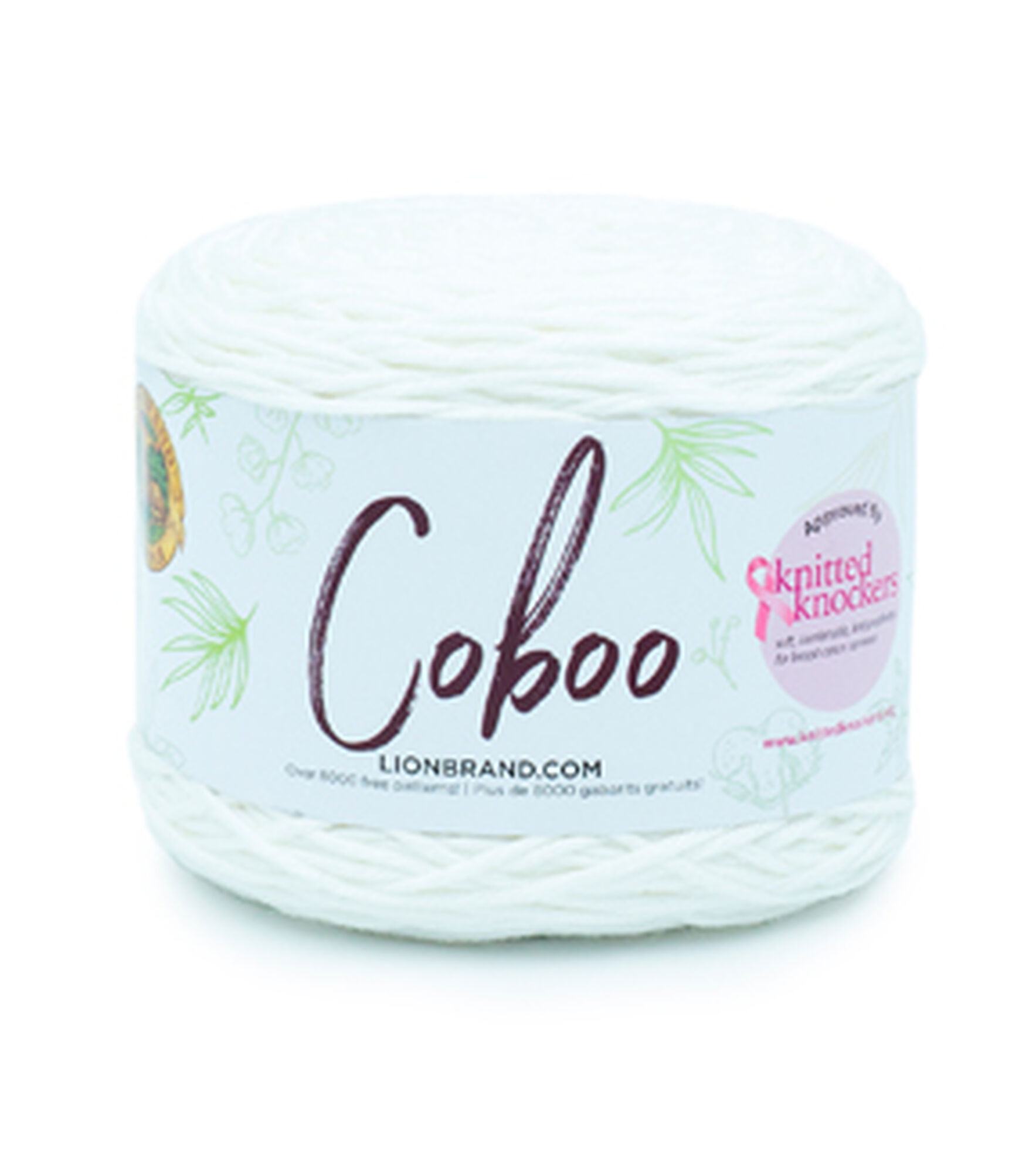Single Jersey is a knit fabric that can be used for a variety of purposes and has many characteristics that make it ideal for habit of wearing. Single Jersey is stretchy, soft, opaque, absorbent and breathable. This fabric’s composition is 100% Organic Cotton, It’s got a natural stretch like most jersey yarn knitting to be a great choice of casual t-shirts and children’s wear. This fabric is excellent in moving if you are looking for both good quality and sustainable materials in your fashion business line. We can do knittig with both organic and chemical dyeing.
How many types of Single Jersey are benefitable for fashion wearing?
The first type : Made from 100% organic cotton yarn
The second type : Made from natural cenlullo fiber yarn mixed
Example of perfect for the natural fiber enthusiasts 51% cotton and 49% rayon from bamboo
The third type : Nutural Wool Yarns
Selection of natural wool yarns in natural ecru white, grey and black.
Wool from a number of sheep breeds, is spun into pure wool yarns or combined with other fibres. It’s extremely warm and durable, making it great for winter jackets, cardigans, caps, and gloves. Short, coarse fibres in rough-feeling wool can irritate the skin, so clothes worn adjacent to the skin should be knitted with gentler varieties. Wool should always be handwashed unless it is labeled “superwash.”
YARN FIBRES
A fibre can be obtained from a plant, man-made (synthetic), or animal hair. To make a yarn, the fibres are treated and spun. A yarn can be formed entirely of a single fibre, such as wool, or it can be combined with different fibres to improve its properties (for example to affect its durability or softness). Various blends are also made for aesthetic purposes, such as combining sumptuous silk with wool for a lustrous sheen. As a result, each yarn has its own set of characteristics, making it critical to select the right blend for your project.
MOHAIR
The hair of the angora goat is used to create this fibre, which makes a unique natural “halo” when knitted. It’s difficult to work with because of its frizzy appearance, which makes it impossible to discern the structure of the knitting and any mistakes made. Oversized sweaters or accessories made of mohair are particularly fascinating.
It is not recommended for use as babywear since it may shed hair when new, which could be harmful if inhaled.
ALPACA
This fibre has a sumptuous feel to it and is one of the warmest natural fibers available for knitting. In brutally cold conditions, even a thin, 4-ply clothing provides adequate insulation. The alpaca and the llama are related. Alpaca yarn is ideal for ski caps, as well as thick, warm sweaters and socks. There is also baby alpaca yarn available, which is even softer.
CASHMERE
This yarn is made from the delicate under-hair of a goat and is ultra-luxurious and velvety soft. It’s light but sturdy, and it usually has more meterage per gram than yarns made from other fibres. Cashmere is an expensive fibre to create, therefore it’s frequently combined with other fibres to provide softness and opulence. Scarves, snoods, and sweaters should be worn close to the skin. This fibre should only be washed by hand.
COTTON
Cotton is the fluffy substance that forms around the cotton plant’s seeds. It’s spun into a summery, breathable fibre. Cotton yarns are generally easy to wash, and when properly cared for, they may be quite durable and last for decades. As a result, it’s a great material for homewares, crocheted purses, and shoulder bags. Cotton that has not been treated is great for hand-dyeing.
Cotton yarn can be mercerized, a process in which it is compressed and transformed into an ultra-strong yarn with a reflective shine that does not shed lint, using mechanical and chemical processing. Mercerized cotton is normally more expensive, but it’s ideal for projects that demand a lot of strength and shape retention, such as a glamorous evening bag, a long summer cardigan, or a throw that needs to be washed frequently.
SILK
Cotton is the fluffy substance that forms around the cotton plant’s seeds. It’s spun into a summery, breathable fibre. Cotton yarns are generally easy to wash, and when properly cared for, they may be quite durable and last for decades. As a result, it’s a great material for homewares, crocheted purses, and shoulder bags. Cotton that has not been treated is great for hand-dyeing. Cotton yarn can be mercerised, a process in which it is compressed and transformed into an ultra-strong yarn with a reflective shine that does not shed lint, using mechanical and chemical processing. Mercerised cotton is normally more expensive, but it’s ideal for projects that demand a lot of strength and shape retention, such as a glamorous evening bag, a long summer cardigan, or a throw that needs to be washed frequently.
LINEN
The flax plant is the most prevalent source of this fibre. It’s a bit wiry at first, with an oily, waxy surface, but it blooms into a sleek, silky, breathable yarn that’s perfect for knitting lightweight cardigans and shirts for summer.
BAMBOO
Bamboo fibres for hand-knitting yarns are made by either crushing the stems to generate a linen-like fibre or chemically processing the pulped plants, in which case it is referred to as “bamboo viscose.” The fibre has a silk-like shine and handle, and it knits best when mixed with other fibres. Bamboo boosts the flexibility and breathability of pure cotton, making it excellent for summer clothing and shawls.
For more information bout knitting fabrics:
IGREEN TEX COMPANY COMPANY LIMITED
Address: No. 83 , A4 Street, Ward 12, Tan Binh Dist, HCMC
Tax code: 0315844409
Email: info@igreentex.com
Website: www.igreentex.com
WhatsApp/Viber/Zalo: +84938.045.900











